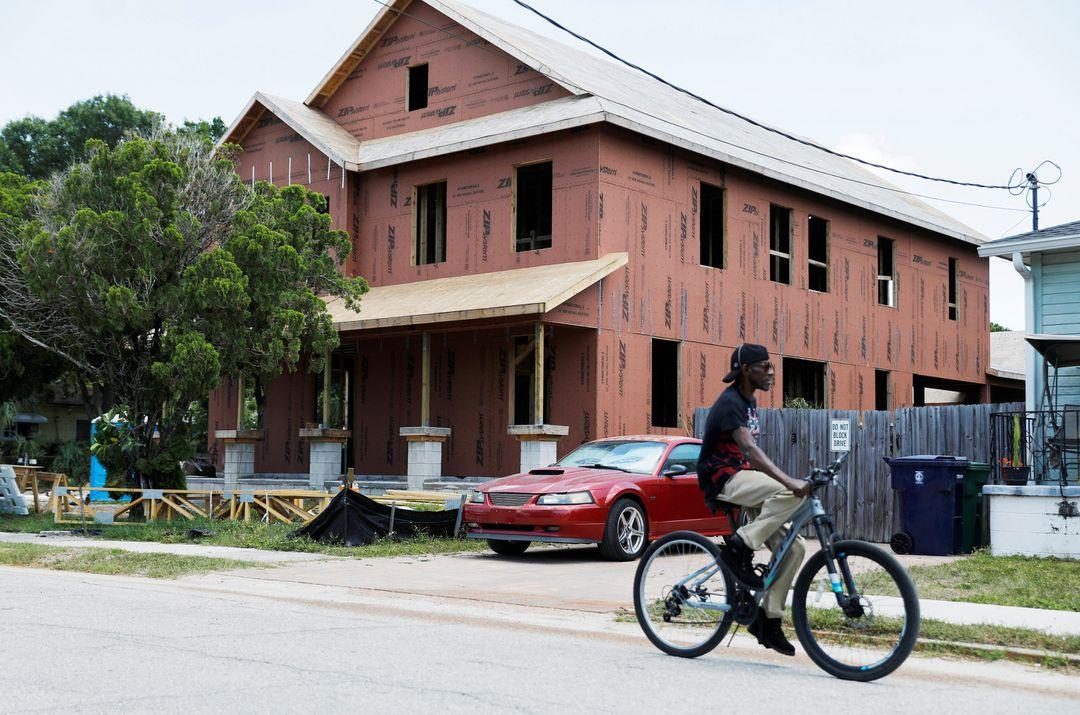Home construction in the United States rose in March 2022, but starts for single-family housing fell amid rising mortgage rates across the country, with residential construction marked by a severe shortage of houses.
Housing starts—an indicator of the number of private homes in a given period of time on which construction has begun—increased by 0.3 percent to a seasonally adjusted annual rate of 1.79 million units in March, according to the U.S. Commerce Department on April 19.
Single-family housing starts, which account for the majority of new home construction, fell 1.7 percent to a seasonally adjusted annual rate of 1.2 million units in March.The market for single-family units fell not just in the Northeast, but in the West and the South, while rising in the Midwest.





